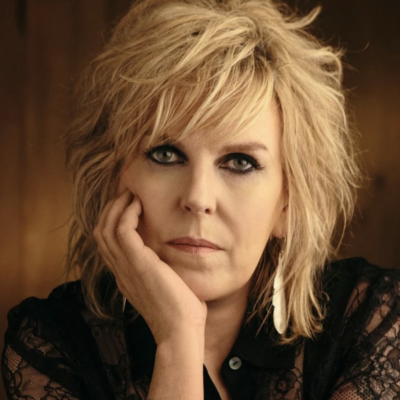
Known for his large-scale immersive installations that incorporate sculpture and technology to explore environmental themes, British artist Wolfgang Buttress’ reputation was established with 2015’s “The Hive,” a bee-centric work that won 27 awards and is now permanently installed at the Royal Botanic Gardens, Kew in London.
Thanks to a generous gift to University of Virginia’s new Contemplative Sciences Center, Charlottesville is also home to work by the internationally acclaimed artist.
Made by Cary Brown in honor of the late gallerist Lyn Bolen Warren, the gift gives us the rare distinction of having one of Buttress’ glorious multi-sensory installations in our midst. Brown, who’d seen “The Hive” in England, didn’t just fund the piece, she also worked closely with Buttress and former CSC executive director David Germano to realize it.
Complementing the center’s installation, Les Yeux du Monde gallery (founded by Bolen Warren and now led by her daughter Hagan Tampellini) currently features “NINFEO (explorations, studies, and responses),” an exhibition of drawings, paintings, and laser-etched glass on view through November 16.
For symbolic and practical reasons, “NINFEO,” a rectangular chamber with walls comprising 3,320 glass blocks, sits at the very heart of the Contemplative Sciences building. Laser-etched with delicate studies of water lilies, the installation is a response to Dell Pond. Buttress focused on the pond because he wanted to incorporate nature into the commission, and saw the possibility of creating something that was constantly changing by tapping into the rich ecosystem he found there.
Being in “NINFEO” is transporting. The blocks, illuminated with blue and green light, elegantly convey the aqueous environment of water. The way they change hue from top to bottom, mimics the effect of descending into watery depths, and the pulsing light, washing across the surface, recalls reflections bouncing off water, or shafts of sunlight piercing through it.
Sensors and an infrared camera situated in Dell Pond produce a live 24-hour data feed that captures the movement of water, and aquatic animals and plants. Inside “NINFEO,” that information is transformed into both sound and light.
A score in the key of C—the same key the Earth resonates in—created by Buttress’ musical group, the Karman Line Collective, incorporates live sounds into a constantly changing soundscape that plays while flickering light moves across the piece.
There are also sensors in the piece that respond to visitors moving within the “NINFEO” space, and subwoofers under a bench that allow sitters to feel the piece through sound vibrations. All these elements promote a dialogue between the viewer and the living, breathing, natural world. The effects seem magical, and more so when you realize they’re being created by activity occurring in the pond 200 yards away.
In ancient Greece and Rome, a ninfeo was a sacred space, like a grotto or fountain, dedicated to water nymphs. Water lilies take their scientific name, nymphaea, from these female sprites. The term also conjures Claude Monet’s series of water lily paintings, “Nymphéas.” His monumental versions (of which there are 40) provide a similar experience to “NINFEO.” In each case, the artist promotes an intense communion with a lily pond and the cosmos contained therein, prompting the viewer to slow down and reflect on something never really considered before.
After visiting “NINFEO” it’s a revelation to see Buttress’ work at LYDM. The ethereal drawings and paintings on view here present an equally powerful approach to the contemplation of nature experienced in the sleek, multimedia, glass installation at UVA.
The pieces at LYDM relate to the installation, but with the exception of four lyrical drawings in the back room, which were part of the preliminary design process, all the other work was created by Buttress in response to “NINFEO.”
On entering, the gallery is filled with a sense of serenity, thanks to the soothing slate blue-gray palette Buttress favors for his paintings. “Nymphaea (i)” features a peachy undercoat that delivers bursts of light and interest where it peeks through the other layers of medium. These layers add atmosphere, movement, and texture to the piece, which features a series of ghostly lily pads. We can make out three large ones with trailing stems in the foreground and several more fading into the background.
“Traces,” a monumental grid of 75 drawings, each with the same dimensions as the “NINFEO” glass cubes, presents different states of presence. The works in the top row seem vaporous and elusive. Moving down the rows you encounter more substance and weight, admiring Buttress’ gesture, and his ability to evoke effects like light and volume and his sense of balance.
It seems that what Buttress is really after is a representation of the divine—a transcendent state of enlightenment made accessible through the contemplation of nature. For it is proximity to nature that awakens the senses, soothes and restores both mind and body, and encourages a deeper, more profound contemplative experience.
As LYDM celebrates its 30th anniversary this year, it’s fitting to herald the milestone with an ambitious show featuring a celebrated international artist. Bolen Warren, the gallery’s founder, was not here to see it, but her presence continues to exert its influence. We see it in the quality of the work, the spiritual content of the show, and in “NINFEO” itself, given in Warren’s honor.





